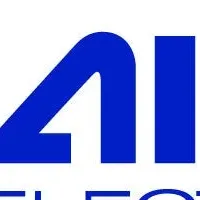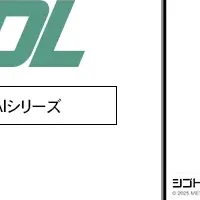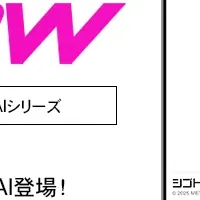
Understanding the New Guidelines for the Digital Asset Industry in the U.S.
The Law of Tomorrow: Digital Asset Guidelines
On January 23, 2025, Oberheiden P.C., a boutique law firm renowned for its insightful legal frameworks, unveiled its latest guidelines titled "The Law of Tomorrow: Guidelines for the Digital Asset Industry." This document aims to address the pressing need for comprehensive regulatory measures in the rapidly evolving field of blockchain and digital assets, including cryptocurrencies like Bitcoin and XRP.
Importance of the Guidelines
The primary objective of these guidelines is threefold: to foster domestic innovation, protect U.S. investors, and reaffirm the United States' position as a global leader in the blockchain sector and digital asset ecosystem. Given the increasing significance of blockchain technology in international commerce, these measures seek to create a stable regulatory environment that balances innovation with investor protection.
Key Areas of Focus
The guidelines cover a range of crucial aspects related to blockchain and cryptocurrency regulation:
1. Recognition of Digital Asset Types: The document emphasizes the necessity of differentiating between various digital assets, advocating for tailored approaches that address the unique characteristics and risks associated with each type.
2. Streamlined Registration Processes: A call for clearer and more efficient registration protocols for digital asset offerings is made, along with proposals for new safe harbors that would encourage compliance and innovation.
3. Collaboration between Regulatory Bodies: The guidelines underscore the importance of significant coordination between the Securities and Exchange Commission (SEC) and the Commodity Futures Trading Commission (CFTC), ensuring a coherent regulatory framework that supports the domestic market while enhancing enforcement capabilities.
Expert Insights
Nick Oberheiden, a founding attorney at Oberheiden P.C., remarked that these guidelines build upon previous publications which explored the substantive legal landscape surrounding blockchain technologies. He stated, "Blockchain and digital assets are vital for the U.S. economy. Our proposal aims to facilitate an efficient transition towards a regulatory approach that aligns with stakeholder interests."
Alina Veneziano, another key contributor to the guidelines and a CPA by profession, expressed hope that the concepts presented could garner attention and support from prominent policymakers, including President Trump's Administration. She emphasized the growing role that blockchain technology and cryptocurrencies can play in reinforcing the economic independence of the United States in the global arena.
Continuing Legacy
The document was chiefly crafted by attorneys Alina Veneziano and Nick Oberheiden, who together bring extensive expertise in securities regulation and anti-money laundering compliance, particularly concerning blockchain and AI technologies. Their collaborative effort aims not only to contribute to the regulatory discourse but also to inspire constructive policy changes that could benefit the broad spectrum of stakeholders involved in the digital asset landscape.
For further insights into these recommendations and their implications, industry professionals and interested parties can visit the official website of Oberheiden P.C. here.
As the digital asset market continues to gain momentum, the release of these guidelines marks a pivotal step towards establishing necessary regulations that can empower innovation while safeguarding investors. As we move forward, the discussions stemming from this document will undoubtedly shape the future of digital assets in the United States.
Topics Business Technology)










【About Using Articles】
You can freely use the title and article content by linking to the page where the article is posted.
※ Images cannot be used.
【About Links】
Links are free to use.